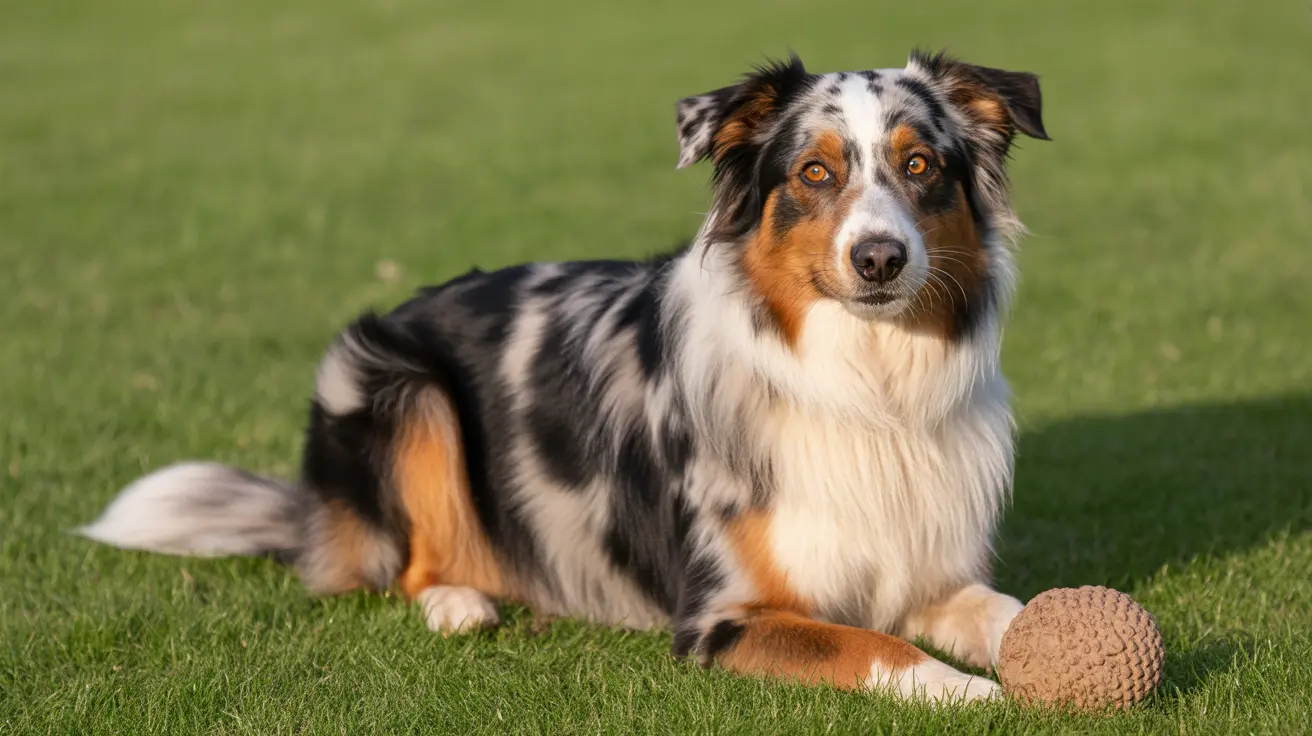Feeding Cod to Dogs: A Comprehensive Guide for Pet Owners
Cod is a popular white fish known for being low in fat, high in protein, and rich in essential nutrients. Many pet owners wonder whether this fish is suitable for dogs and, if so, how much of it can be safely fed. This guide dives deep into the benefits, precautions, and proper feeding practices when including cod in your dog’s diet.
Is Cod Safe for Dogs?
Yes, dogs can safely eat cod when it is thoroughly cooked, boneless, and served plain. Cod is a lean protein source, which makes it particularly beneficial for overweight dogs or those with health conditions like pancreatitis. It is also easy to digest and suitable for dogs with sensitive stomachs.
Nutritional Benefits of Cod
Cod offers numerous health benefits for dogs thanks to its nutrient content:
- High-quality protein – supports muscle development and maintenance
- Omega-3 fatty acids – promote healthy skin, coat, heart function, and reduce inflammation
- Vitamins B6, B12, and D – aid in energy production, nervous system support, and bone health
- Phosphorus and selenium – essential for cellular repair and antioxidant defense
How Much Cod Can Dogs Eat?
As a general rule, you can feed approximately one ounce (28 grams) of cooked cod per 10 pounds (4.5 kg) of your dog’s body weight. However, cod should not replace a complete and balanced dog food. Instead, use it as an occasional treat or food topper, unless directed otherwise by a veterinarian as part of a custom diet plan.
Safe Preparation of Cod for Dogs
- Cook thoroughly – bake, steam, or boil without any oils or spices
- Remove all bones – fish bones are small and brittle, posing a choking hazard
- Serve plain – avoid butter, salt, garlic, onions, or seasoning
- Consider cooked fish skin – safe in moderation, rich in omega-3s and protein but also higher in fat
Risks and Precautions
Raw or undercooked cod can harbor bacteria and parasites. Never feed it raw. Also, avoid feeding battered or fried cod due to high fat and calorie content. Always monitor your dog for signs of allergic reactions or digestive upset, such as:
- Vomiting or diarrhea
- Excessive itching or paw licking
- Drooling or pawing at the mouth (potential signs of bone ingestion)
If any of these symptoms occur, seek veterinary guidance immediately.
When to Use Cod in Your Dog’s Diet
Cod is especially beneficial for the following dogs:
- Dogs with protein sensitivities or allergies to beef or chicken
- Senior dogs who need easily digestible, lean protein
- Obese or overweight dogs requiring lower-calorie meals or treats
- Dogs with arthritis or inflammation who can benefit from omega-3s
Other Suitable Fish for Dogs
Aside from cod, other dog-safe fish include:
- Salmon
- Haddock
- Pollock
- Sardines
Always choose fish lower in mercury and avoid species like tuna, swordfish, and shark.
Tips for Introducing Cod to Your Dog
- Introduce gradually to monitor for food sensitivities
- Start with a small portion and increase only if tolerated
- Always combine with a complete diet or consult your vet for home-prepared meal plans
Key Takeaways
- Cod is a nutritious, safe, and lean protein for dogs when prepared correctly
- Stick to a serving size of one ounce per 10 pounds of body weight
- Never feed raw, seasoned, or oily cod
- Use as a supplement or treat—not a dietary replacement
- Consult your veterinarian for tailored feeding advice
By feeding cod in a responsible, measured way, your dog can enjoy the many benefits fish has to offer as part of a healthy, balanced diet.





